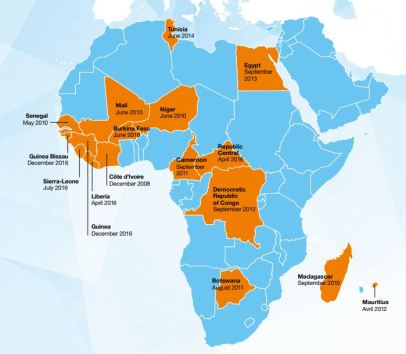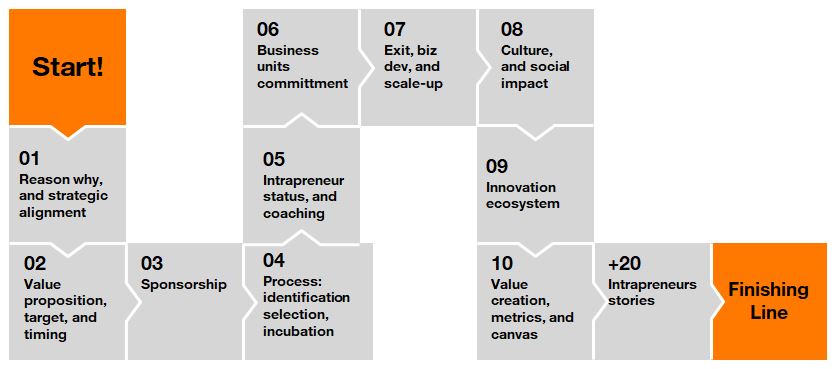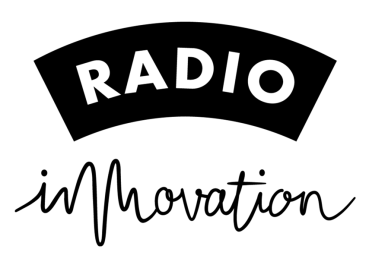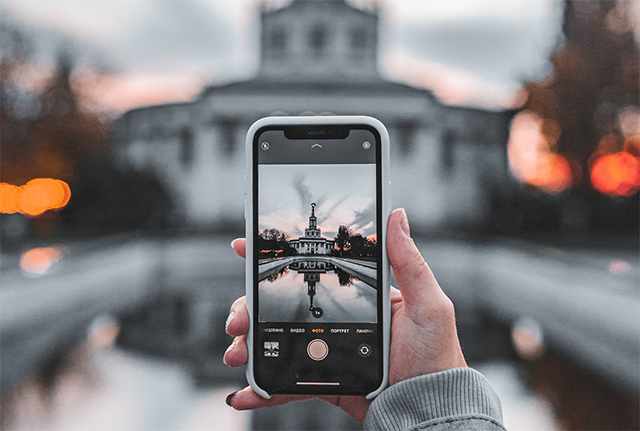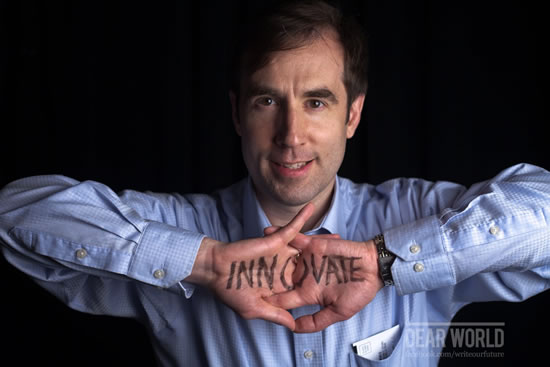
84% of digital transformations fail, according to research by Michael Gale of PulsePoint Group.
A digital transformation is the journey between a company’s current business operations to a reimagined version of itself from the perspective of how a digital native would build the same business operations leveraging the latest technology and scientific understandings of management science, leadership, decision science, business and process architecture, design, customer experience, etc.
Here is a quick review list of ten things to keep in mind for a successful digital transformation:
- Reimagine your business from a digital native perspective
- A Human-Centered Data Model (customers & employees)
- Put your customers and employees at the center
- Identify intersection of what’s needed & what’s possible
- Simplify processes
- Reduce complexity
- Design elegant experiences
- Technology comes at the END – not the beginning
- Start by making strategic choices
- Build capabilities needed to achieve your transformation
LinkedIn Virtual Office Hours – Digital Transformation – Session One
On Tuesday, August 31, 2021 at 11am EDT I opened up a Virtual Office Hours session on LinkedIn about Digital Transformation.
To participate in this first in a series of virtual office hours, you only need do two things:
- Follow me on LinkedIn
- Visit this LinkedIn post, add a comment with your question and I will answer it!
Here is an example of how these Digital Transformation Virtual Office Hours will go:
QUESTION ONE from Howard Tiersky:
How can you determine if your data model is human centered?
Can you talk more about that idea?
ANSWER from Braden Kelley:
Great question Howard! The best way to evaluate whether your data model is human-centered is to look at the most frequent actions driven by your data.
The first mistake people make in building their data model is to not start with the end in mind.
The second mistake people make in building their data model is to not be brutal in insisting that nearly 100% of the data gathered is actionable and not just nice to have. BUT, it is far more difficult to make the decision not to gather a piece of data than it is to just make your forms one field longer.
To try and create a human-centered data model you want to focus on making sure you’re only gathering actionable data and that it is being used to drive outcomes for humans (customers, employees, partners, etc.).
Finally, one side effect that people don’t consider when building their data model and gathering non-actionable data is that they end up inflating the number of reports that get built and that people have to sort through to find the ones that are human-centered and do contain actionable data.
So, design your data models from value derived for humans and the actions necessary to execute, evolve and deliver – backwards!
QUESTION TWO from Mark Schaefer:
In my experience across many verticals, it seems like digital transformation usually occurs only when the pain in business necessitates it. In other words, the cost of avoiding change becomes greater than the cost of implementing solutions.
Do think this is still the case or are companies outside of tech beginning to think more long-term and strategically about these transformations?
ANSWER from Braden Kelley:
While it is definitely true that most companies only engage in the perceived pain of transformation when it is less than the perceived pain of avoiding change, an increasing number of organizations are recognizing that doing nothing is no longer a viable option.
A true digital transformation not only has the potential of equipping the organization to better fight off entrance by digital natives, but also to deliver improved customer and employee experiences and to improve employee retention and recruitment in this tight labor market.
And yes, companies outside of tech are beginning to think more strategically about these transformations as I am about to begin working with a company in the natural resources industry.
Companies in every industry can no longer put off this important work, and in fact a true digital transformation has the side benefits of increasing innovation capabilities and capacity when done well.
Click to Add Your Question on LinkedIn
p.s. If you’re interested in Digital Transformation, you’ll also enjoy some of the articles I’ve written for a number of publications including CEO World, the HCL Technologies Blog, and of course Human-Centered Change and Innovation:
- At the Heart of Successful Digital Transformations are Humans and Data
- The Key to Surviving a Digital Native Assault
- What is digital transformation? – EPISODE THREE – Ask the Consultant
- Why Your Digital Transformation May Be Doomed to Fail
![]() Sign up here to get Human-Centered Change & Innovation Weekly delivered to your inbox every week.
Sign up here to get Human-Centered Change & Innovation Weekly delivered to your inbox every week.


